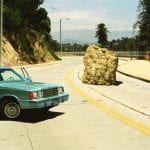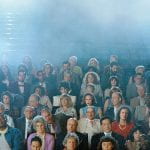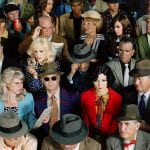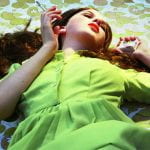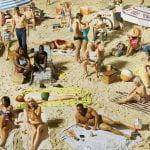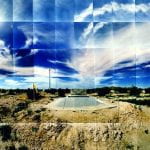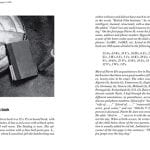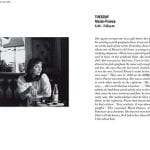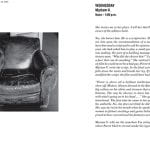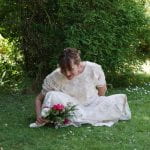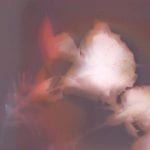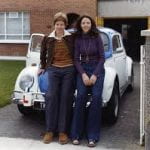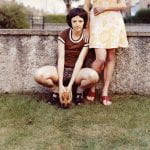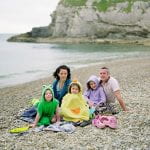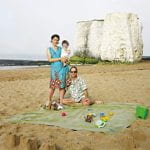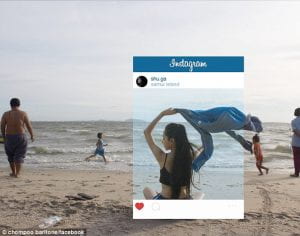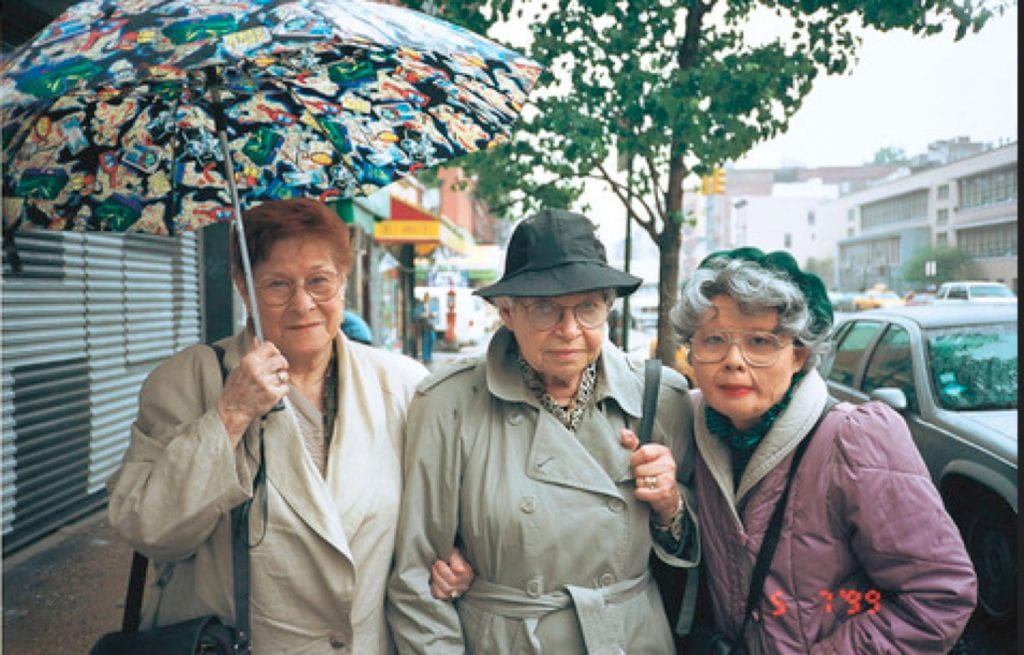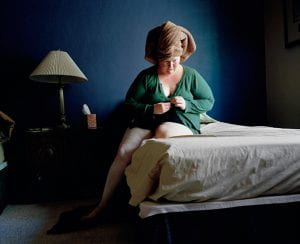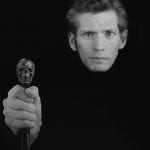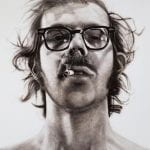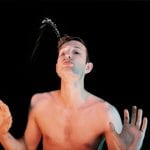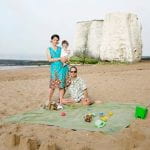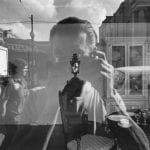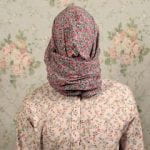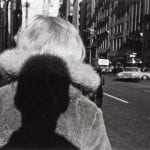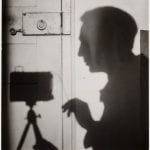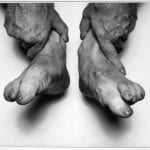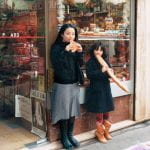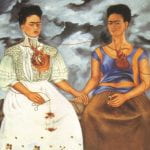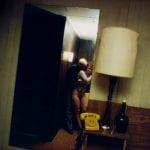The constructed worlds of Alex Prager
by Teresa Williams (9th december 2019)
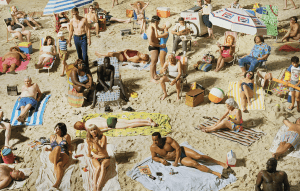
This session encourages participants to consider the place of memory and fiction in their images and the relationship between personal memory and constructed memory or narrative. They are encouraged to conduct in depth independent research into the work of Alex Prager
Prager’s distinctive works cross the worlds of art, fashion, photography and film…each of her images is packed with a multitude of emotional layers and narrative possibilities. Her early photographs were predominantly shot on sets of Los Angeles, with carefully staged scenes, further heightened by hyper-styled costumes, makeup, lighting and the use of a richly saturated colour palette, lending the images a particular dramatic intensity.’ (The Photographers Gallery 2018)
This Session could be run in conjunction with:
- Places with a Past
- Something Old Something New – post to come
- Tell Me a Story – post to come
aims & Outcomes:
- Participants will explore the place of memory and fiction in their images
- They will research the work of Masumi Hayashi, Alex Prager, Sophie Calle and Trish Morrissey, and apply some of the concepts to their own work
- They will use old photographs as ‘aide memoirs’
- Participant Outcome: 1 x 10 x 8 digital photograph

‘Prager does for photography what James Ellroy did for crime fiction, inventing a neo-noir L.A. vernacular that creates a feeling of the past without the limitations of historical accuracy’ (Witt, 2019)
You will need:
- Photo album(s) or digital photos from your childhood
- Appropriate props / models
- Digital cameras for all participants (and appropriate memory cards) *This session can also be run using Camera phones or Lumix cameras
- Card readers
- Access to computers (or laptops) and imaging software
- Tripods
- Notebooks for participants to log research and sketch ideas
- An Introductory Brief & Presentation (below) for participants to outline the ideas and provide examples
- A booked room to critique participants work (either via a projector or via print)
- Blue tack to pin the work
- Costings and Risk Assessments
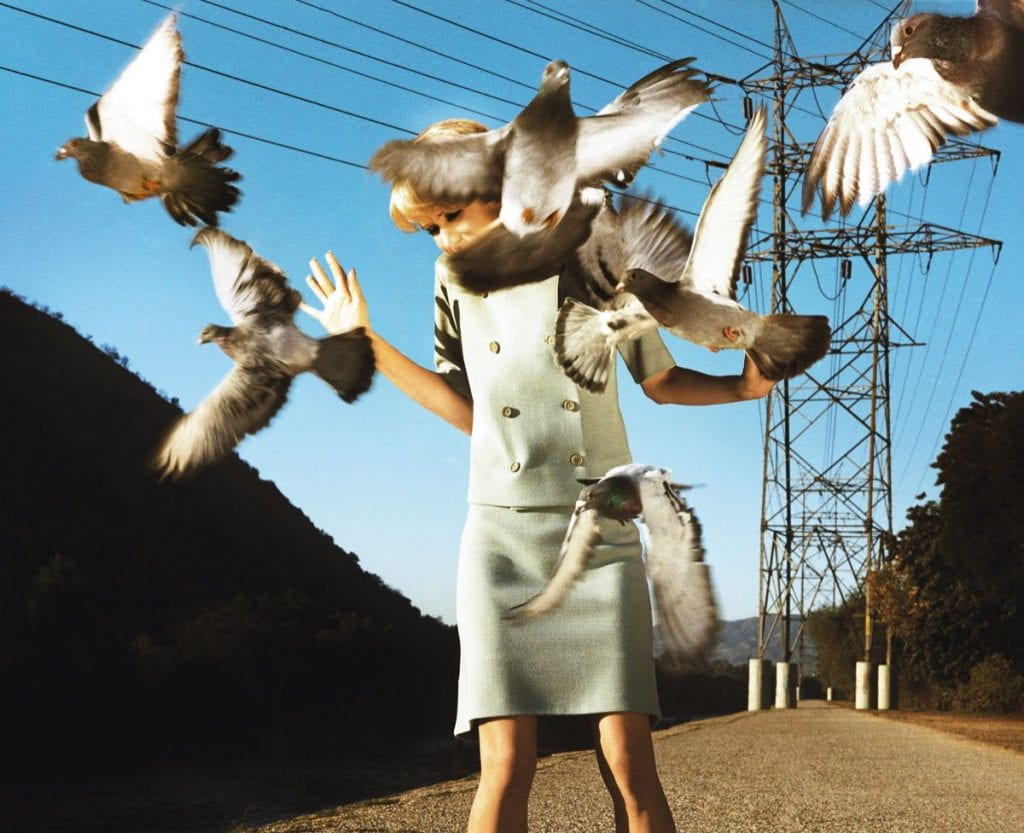
‘Prager’s oeuvre consists of heavily staged, large format images using rich colours. Her photographs can be seen as ‘single frame narratives’ that capture enigmatic stories within the edges of the frame. Both her photographs and films are characterised by the absence of a linear narrative; each of the works recounts a bizarre, perpetual unreality’ (foam, 2019)
preparation work:
- Preparation Brief: Locate a memory from your childhood, and see how you can endorse and elaborate it with the help of family members / friends who share your memory, as well as photo albums / digital photos which may have recorded it. It’s important to have a strong sense of place as you will need to be able to visualise it. Make a note of any dominant colours there. Draw a sketch of how you remember the place. Your imagination will be necessary if you are unable to gather enough factual detail.
- Ask participants to prepare for the session by conducting Independent research – talking to family / friends, finding photo albums / digital photos.
- Ask participants to watch Alan Roth (2007) Re/collecting Memory, about the highly personal work of photographer Masumi Hayashi available here: Part 1 and Part 2
- Ask paricipants to consider the relationship between personal memory and constructed memory or narrative by:
- Independently researching Alex Prager’s series Silver Lake Drive
- Exploring Sophie Calle The Address Book and Teresa Williams Terry’s World
presentation ideas: Contextualising Alex Prager
suggested Session Outline:
- Show participants the Presentation above / a selection of images by Prager, Hayashi, Calle and Morrissey and discuss their concept / staging / construction.
- Referring to the Preparation Work sketch, decide where to stage a photograph which represents the memory. You may wish to restrict it to to a place although preferably you will have participants to stage a performance under your direction. Decide how the ‘actors’ will be dressed, and what expressions or gestures them should perform. Choose and source any props required.
- What impact does the use of colour in Hayashi’s Gila River Relocation Camp have?
- Research the colour theories of Wassily Kandinsky and Johannes Itten. Consider how the choice of colour in background and costumes could have particular associations with mood or emotions.
- Arrange the shoot and complete a risk assessment. If working in groups you can be mutual participants. Shoot in RAW format to allow for exposure and light balance tweaks later.
- All participants to show their work for critique by tutor and peers.

